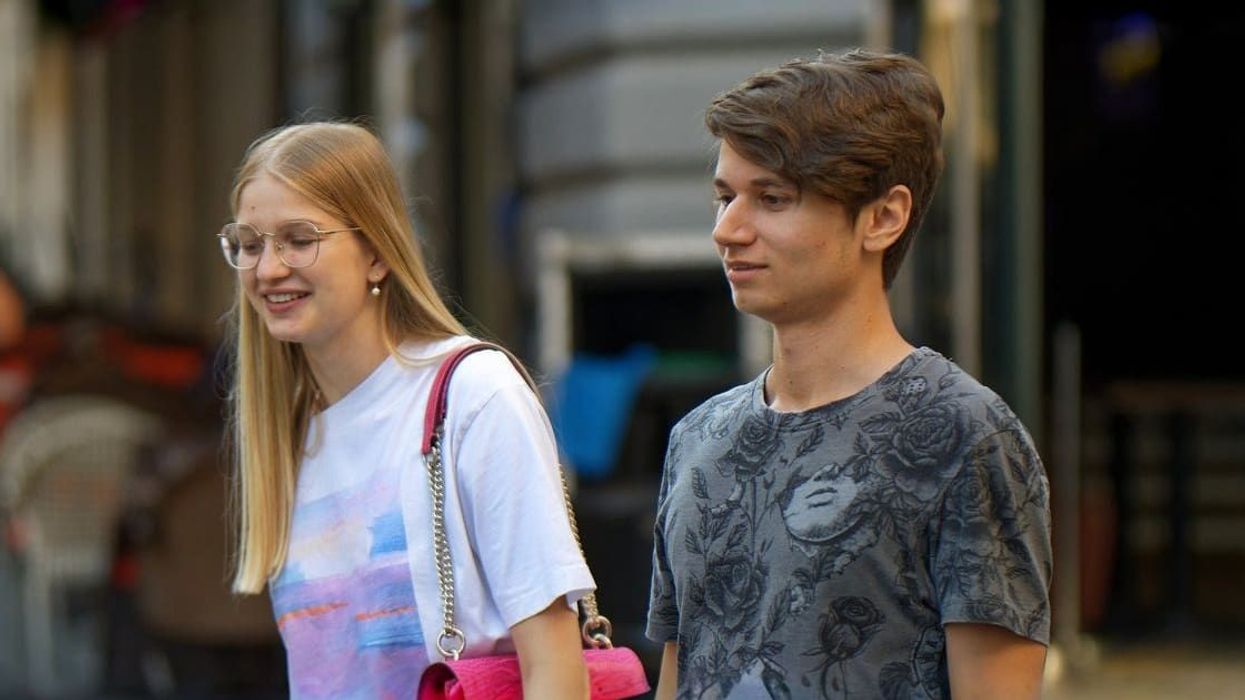Bulwagi had a crack in his tusk. In the wild, the 35-year-old male African elephant’s injury might become the site of a dangerous infection. At the very least, a break in a tusk hurts a lot. “Imagine having a crack in your tooth—it’s rather painful for the elephants as well,” said Brian Pillay, a materials engineer with the University of Alabama at Birmingham School of Engineering.
Luckily for Bulwagi, the elephant isn’t in the wild—he lives at the Birmingham Zoo. Usually, elephants in captivity with damaged tusks are treated with a metal ring, which stabilizes the crack and keeps it from growing larger. In more serious situations, removal of the entire tusk might be required. But when the team at the zoo approached Pillay to build a conventional ring for Bulwagi, the engineer wondered if there was a better solution.
A collaboration between Pillay’s lab and the animal care specialists at the Birmingham Zoo found one: a composite fiberglass and carbon fiber band and resin, which looks and acts like a permanent plaster cast. This is exactly the cutting-edge materials technology, Pillay says, that was used to construct the newest Boeing 787 airplanes.
Wired reports the researchers applied the resin to Bulwagi’s tusk in a two-hour process, replete with small breaks for the elephant. The zoo is waiting to see whether the fix will stick, but researchers hope the elephant will be comfortable with the mixture for the long term.
Richard Sim, an associate veterinarian at the zoo, called the process “a first of its kind”—an industrial engineering technique that might otherwise to be used to build a bridge, now applied to animal care.
“It’s a perfect partnership, with the zoo’s environmental responsibility to protect and care for the animals,” Pillay told UAB News. “At UAB, we do a lot of work in terms of human care; but it’s great to be able to take some of that technology and apply it to the animal world.”
(Via Wired)
















 Otis knew before they did.
Otis knew before they did.